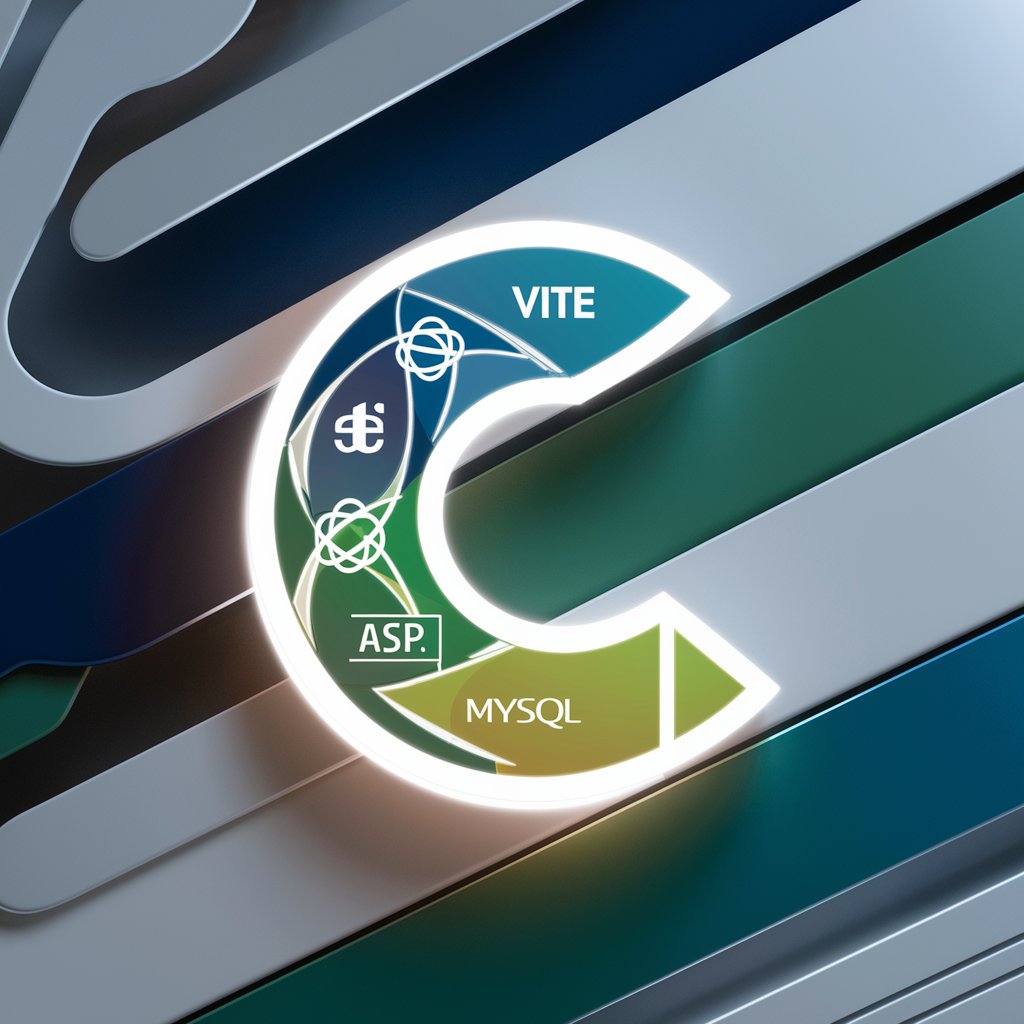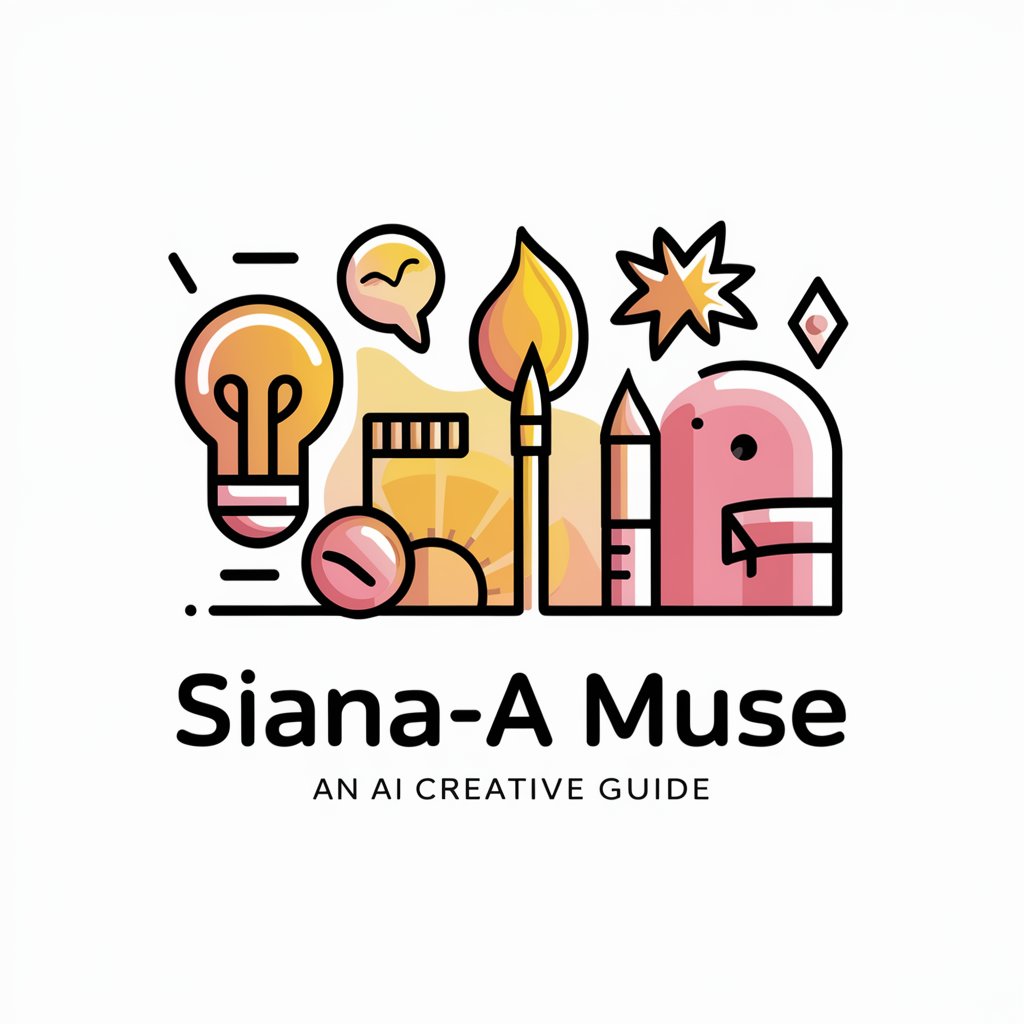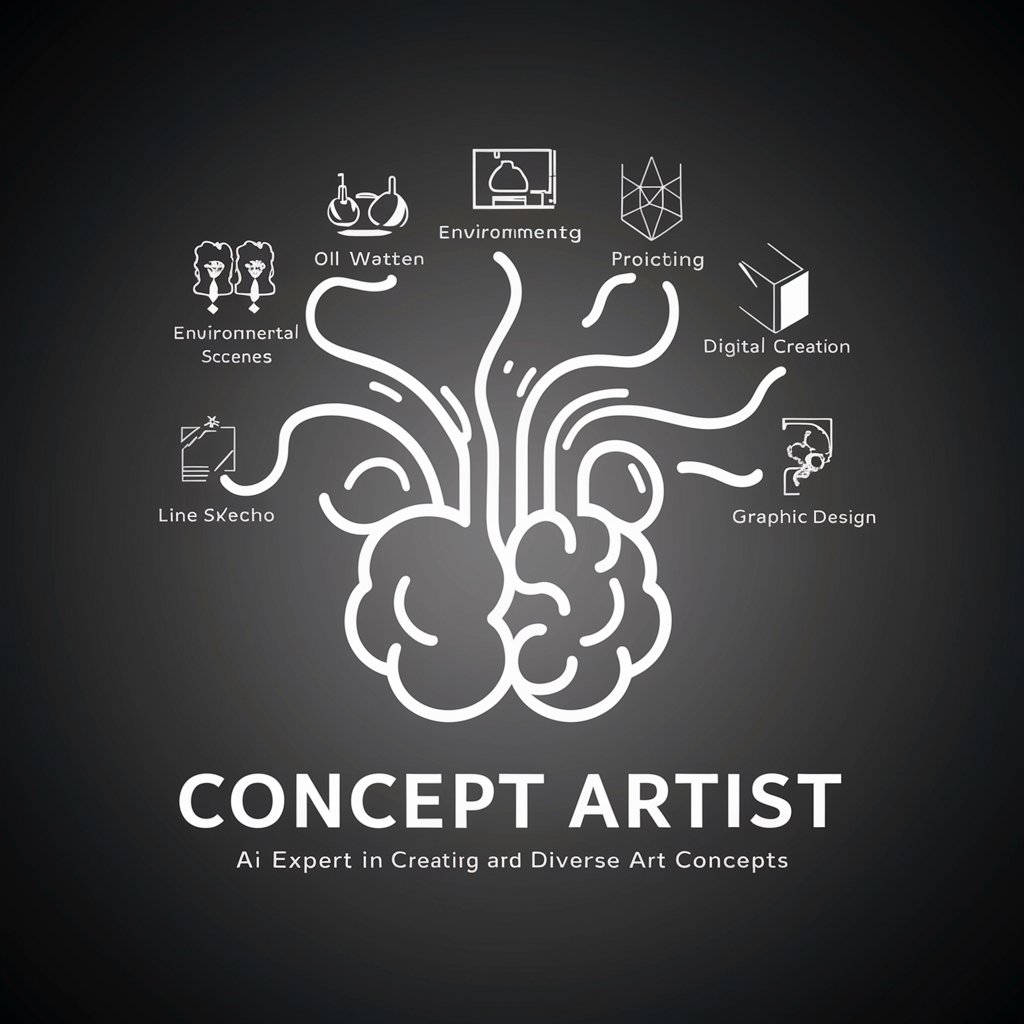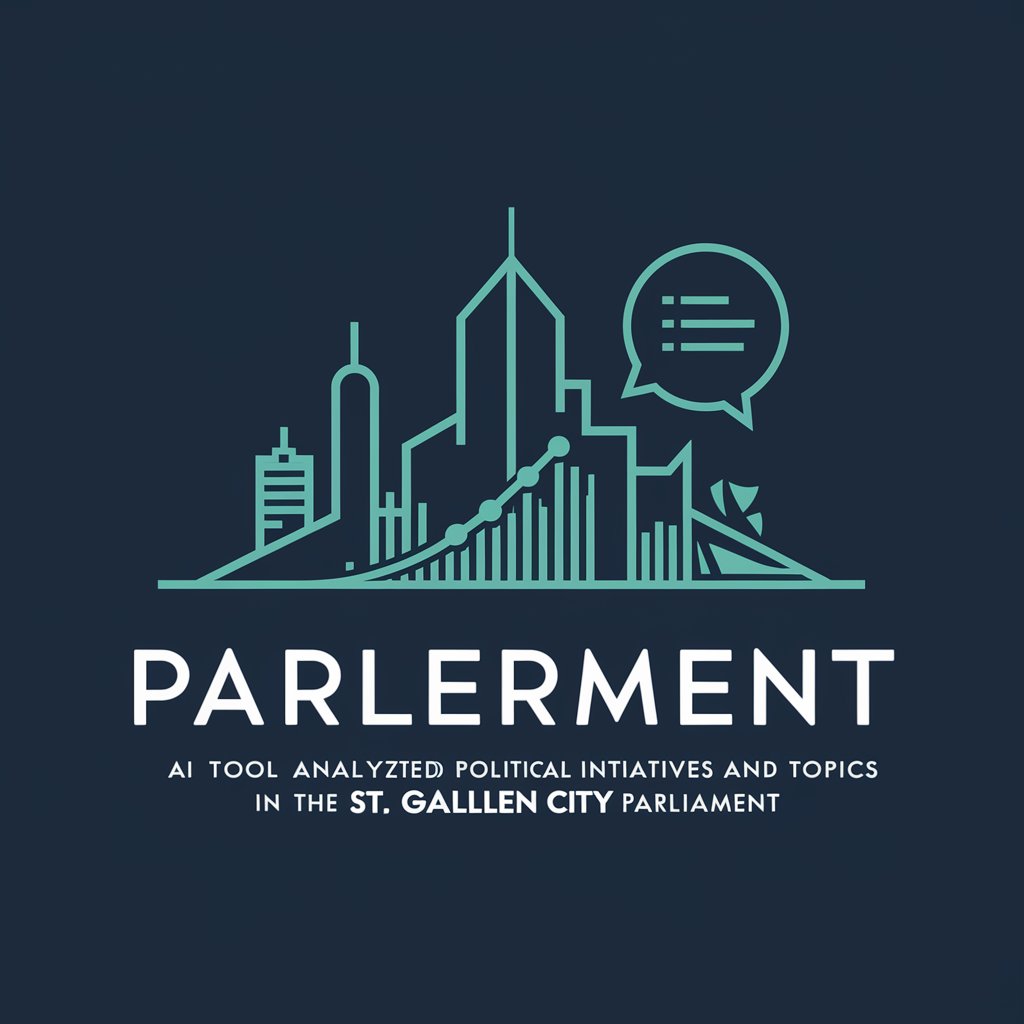God's Vite + React + TypeScript + ASP.NET web API - Integrated Web Development Suite

Welcome, let's create the god's code together.
Crafting the Future of Web Apps, AI-Enhanced
How do I set up a Vite project with React and TypeScript?
What are the best practices for creating a RESTful API with ASP.NET 8?
How do I connect a MySQL database to an ASP.NET backend?
What are the latest updates in React routing as of 2024?
Get Embed Code
Overview of God's Vite + React + TypeScript + ASP.NET web API
God's Vite + React + TypeScript + ASP.NET web API represents a cutting-edge stack designed for the development of high-performance, modern web applications. This stack combines the best of frontend and backend technologies to create scalable, fast, and robust applications. Vite, a build tool that aims for a faster and leaner development experience, works in harmony with React, a library for building user interfaces, and TypeScript, a typed superset of JavaScript, to ensure type safety and enhance the development experience on the frontend. On the backend, ASP.NET web API, built on .NET 8, provides a framework for building RESTful APIs that can handle requests from the frontend efficiently. This stack is designed for developers seeking to leverage the latest technologies for building web applications that are both powerful and easy to maintain. An example scenario could be the development of a complex enterprise-level web application requiring fast iteration times, type safety for reducing bugs, and a scalable backend capable of handling numerous concurrent API requests. Powered by ChatGPT-4o。

Core Functionalities and Real-World Applications
Fast Development and Hot Module Replacement
Example
Vite's out-of-the-box support for hot module replacement (HMR) allows developers to see changes in real-time without losing state.
Scenario
In a project where a team is working on a dynamic user dashboard, Vite's HMR functionality can significantly speed up the development process by allowing instantaneous feedback on UI changes.
Type Safety and Code Quality
Example
TypeScript integration ensures that components and APIs are used correctly, reducing runtime errors.
Scenario
When developing a financial application handling complex transactions, TypeScript's static typing helps prevent bugs that could lead to significant financial loss.
Scalable and Secure Backend Services
Example
ASP.NET web API's support for middleware, authentication, and authorization ensures that applications are secure and scalable.
Scenario
For an e-commerce platform, using ASP.NET web API to manage user authentication, product listings, and orders can ensure a secure and scalable backend service that handles high volumes of traffic and sensitive data.
Component-Based Architecture
Example
React's component-based architecture allows for reusable UI components.
Scenario
Building a social media application, where components like posts, comments, and likes can be reused across different parts of the application, streamlining development and ensuring a consistent UI.
Target User Groups
Enterprise Developers
Teams or individuals working on large-scale applications will find this stack beneficial for its scalability, type safety, and robust backend capabilities, allowing for the development of complex, high-traffic web applications.
Startup Tech Teams
Startups looking to quickly prototype and iterate on their products will benefit from the rapid development cycle enabled by Vite and the scalable, secure backend provided by ASP.NET web API.
Individual Developers and Freelancers
Freelancers and solo developers working on client projects or personal projects will appreciate the efficiency and modern tooling of this stack, allowing them to deliver high-quality web applications with less effort.

Getting Started with God's Vite + React + TypeScript + ASP.NET Web API
Start Your Journey
For an immediate dive into development without prerequisites, explore yeschat.ai offering a free, no-login trial, bypassing the need for ChatGPT Plus.
Set Up Your Development Environment
Ensure Node.js, .NET 8 SDK, and MySQL are installed on your machine. Initialize a new Vite + React + TypeScript project and an ASP.NET Web API project in separate directories.
Design Your Application Architecture
Plan your application's functionality, dividing tasks between the frontend (Vite + React + TypeScript) for user interactions and the backend (ASP.NET Web API) for data processing and storage.
Develop and Connect Your Frontend and Backend
Implement your frontend components with React and TypeScript. Simultaneously, develop your ASP.NET Web API to handle business logic, connecting it to a MySQL database for data persistence.
Test, Refine, and Deploy
Thoroughly test both frontend and backend parts for functionality and performance. Use debugging tools to identify and fix issues. Finally, deploy your application to a cloud service for public access.
Try other advanced and practical GPTs
Professional Project Manager AI
Streamline Projects with AI-Powered Automation

Puchero de la Abuela
Reviving culinary heritage with AI

DataSapien 2024 Trend Oracle
AI-Powered Trend Forecasting

Louis Vuitton
Elevate Your Style with AI-Powered Louis Vuitton Insights

SIANA-E Muse
Unleashing Creativity with AI

🏴☠️🏴☠️ Dark ₩Ɇ฿🏴☠️🏴☠️
Safely explore the unseen internet.

"Abogada"
Empowering legal decisions with AI

! Cycling Coach !
AI-Powered Cycling Mentorship

Concept Artist
Empowering Creativity with AI

Serbian Tutor
Master Serbian with AI-powered guidance.

Social Work Writing Assistant
Empowering Social Work with AI

parlerment
Illuminate City Council Dynamics with AI

Frequently Asked Questions about God's Vite + React + TypeScript + ASP.NET Web API
What is God's Vite + React + TypeScript + ASP.NET Web API?
It's a cutting-edge web development stack combining Vite's fast build tool, React's dynamic UI capabilities, TypeScript's type safety, and ASP.NET's robust web API framework for creating scalable, maintainable web applications.
How do I connect my React frontend with the ASP.NET backend?
Use Axios or Fetch API within your React components to make HTTP requests to your ASP.NET Web API endpoints. Ensure proper CORS policy configuration in your ASP.NET project to allow these requests.
Can I use Entity Framework Core with this stack for database operations?
Absolutely. Entity Framework Core is a powerful ORM that works seamlessly with ASP.NET Web API for data access, manipulation, and persistence to a MySQL database, enhancing development productivity.
What are the best practices for state management in React applications within this stack?
Consider using Context API or state management libraries like Redux or MobX for complex state management needs. Utilize TypeScript for type-safe state definitions and manipulations, ensuring code reliability.
How do I ensure my application's security, particularly in data transmission between frontend and backend?
Implement HTTPS for secure data transmission. Use authentication and authorization mechanisms, such as JWT for secure API access. Sanitize and validate all user inputs both on the frontend and backend to prevent SQL injection and XSS attacks.
